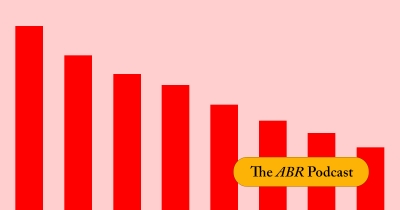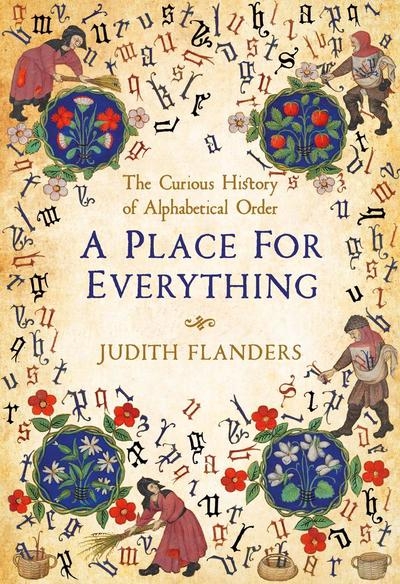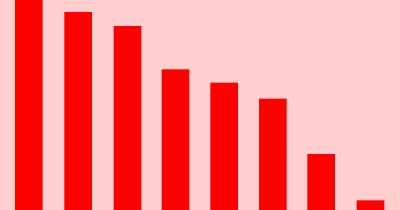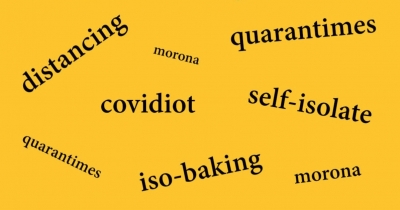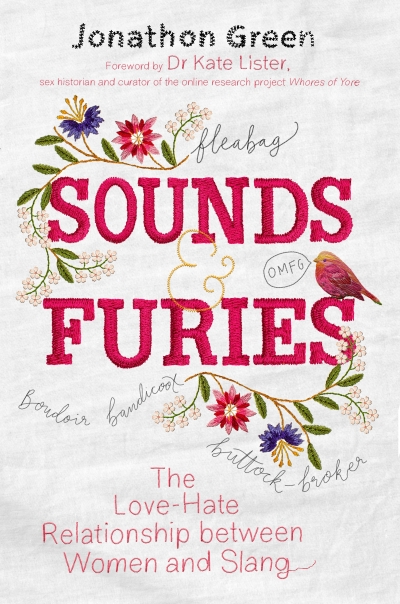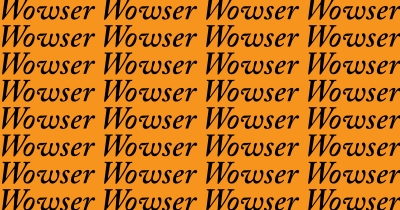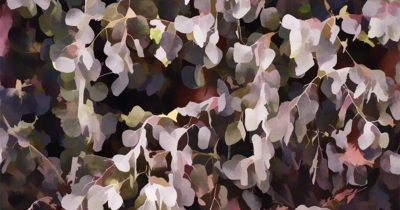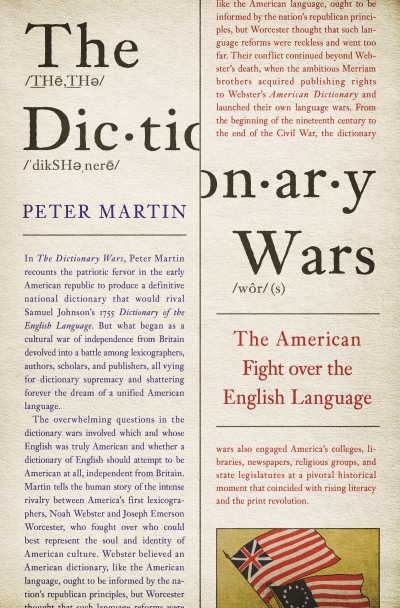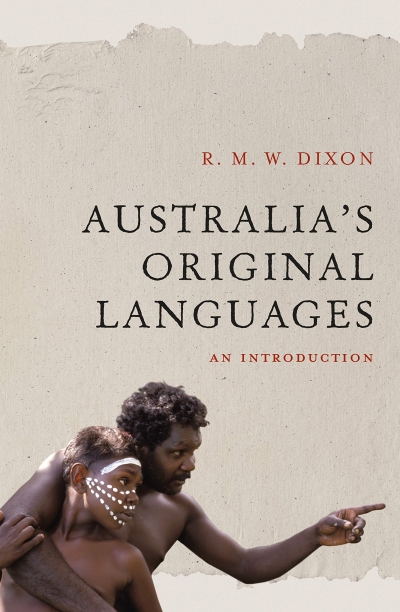Language
Language has always been shaped by the times. In today's episode, Amanda Laugesen, Director of the Australian National Dictionary Centre, reveals how the national vocabulary has been transformed by recession, depression, financial crises, and periods of high unemployment. A list to which we sombrely might add the current pandemic.
... (read more)A Place for Everything: The curious history of alphabetical order by Judith Flanders
In the early nineteenth century, Sequoyah, a Cherokee man living in Alabama, developed a fundamentally new system of writing Cherokee, which had until then not been a written language. Sequoyah’s system – properly a syllabary rather than an alphabet, in that it represents the eighty-five syllables used in Cherokee – is fascinating, innovative, and remains in use today. But in what order did those fabulous syllables go? Sequoyah provided a chart, but the missionary Samuel Worcester quickly rearranged it to suit English alphabetic order. Language was power, and ‘alphabetic order’ proved not to be neutral.
... (read more)Financial crises, recessions, and times of high unemployment have periodically affected Australia. They have also shaped our vocabulary. The first recording of the iconic Australian word battler, in the sense of a person who struggles for a livelihood, was in 1896 by Henry Lawson in While the Billy Boils. The ‘swagman, itinerant worker’ sense of battler was first recorded in 1898. The verb to battle in the sense of ‘to struggle for a livelihood’ was first recorded in the 1880s, and in the sense of ‘to seek to subsist while seeking employment’ from the 1890s.
... (read more)The Covid-19 pandemic has affected all our lives, and little else has featured in the media for weeks. Unsurprisingly, this has led those of us who work with words to track the language of the pandemic (coronaspeak) closely. Here at the Australian National Dictionary Centre (temporarily WFH, of course), we have been compiling a database of the words emerging from the pandemic; from anti-lockdown protest to zumping (being dumped via Zoom), the Covid-19 isolation lockdown has generated its own vocabulary.
... (read more)Sounds and Furies: The love–hate relationship between women and slang by Jonathon Green
Kate Lister (historian and curator of the website Whores of Yore) writes in her foreword to Sounds and Furies that language ‘is a powerful agent of social control, and dictates the acceptable, the feminine, and the well behaved’. Slang lexicons have long served to objectify women in all sorts of ways. It is not surprising, she argues, that Green’s Onl ...
As I write this, Canberra is once again under threat from the Orroral Valley fire south of the city. This comes after a summer of intense and incredibly destructive bushfires and, for Canberra, endless days of smoke haze, followed by a damaging hailstorm. The coronavirus also dominates the daily newsfeeds as a global health emergency takes hold.
... (read more)Lexicographers, especially historical ones, are always interested in the way words fall in and out of fashion. But while we spend a lot of time tracing the first usage of a word and trying to figure out its origins, we pay much less attention to when or why a word falls out of common usage.
... (read more)Sidney (Sid) J. Baker (1912–76) is undoubtedly one of the most influential figures in the history of Australian slang lexicography. Born in New Zealand, Baker worked in Australia as a journalist, writing for publications such as ABC Weekly, The Daily Telegraph, and The Sydney Morning Herald. He was also the author of a number of books about Australian slang, one of which is A Popular Dictionary of Australian Slang (1941).
... (read more)The Dictionary Wars: The American fight over the English language by Peter Martin
The title of this book refers to the battle for market dominance between the editors and publishers of two rival dictionaries, the one edited by Noah Webster and the other by Joseph Worcester. This battle took place largely between 1829 and 1864, and it was played out in the newspapers and by means of pamphlet warfare ...
... (read more)Australia’s Original Languages: An introduction by R.M.W. Dixon
Bob Dixon has researched Australian Indigenous languages since the 1960s, has constructed grammars of five languages, and has written numerous scholarly books and articles on Aboriginal languages ...
... (read more)

